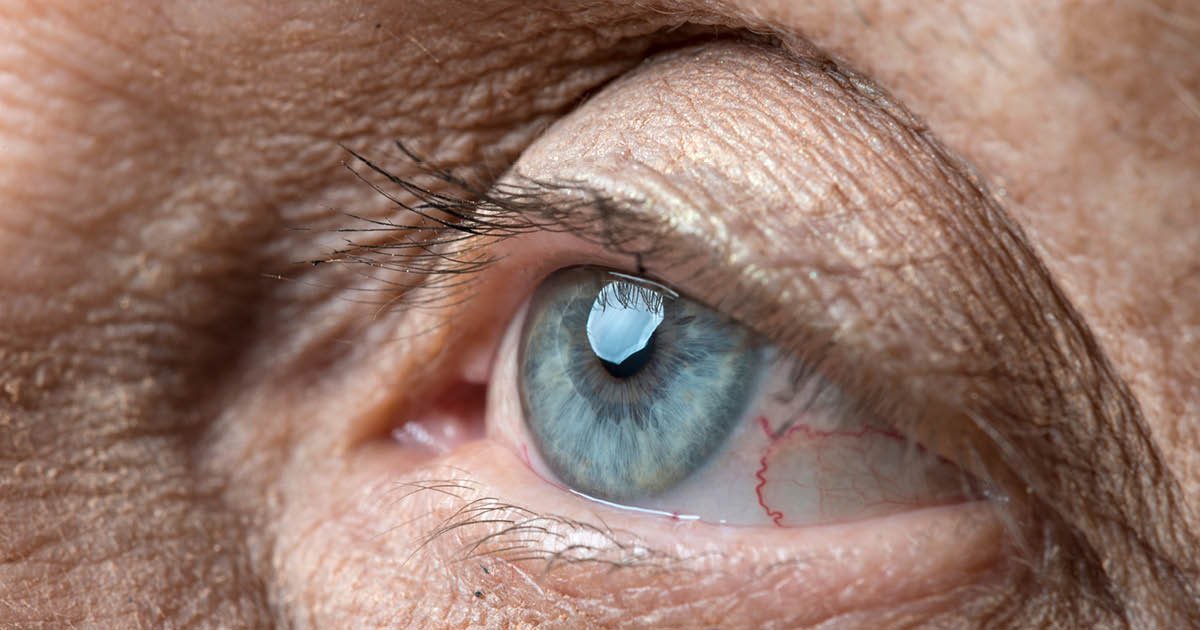Good morning, everyone, and welcome to another working week. We hope the weekend respite was relaxing and invigorating, because that oh-so familiar routine of deadlines, online meetings and phone calls has predictably returned. But what can you do? The world, such as it is, continues to spin. So time to give it a nudge in a better direction by brewing cups of stimulation. Our choice today is pumpkin spice, given the seasonal changes approaching. Meanwhile, here are a few items of interest to start you on your journey, which we hope is meaningful and productive. Best of luck and do keep in touch…
After years of work, European officials are nearing the finish line on the biggest shakeup to pharmaceutical policy in decades, with major impacts on everything from how quickly new medicines are rolled out across the continent to how willing drugmakers are to invest in the European Union, STAT writes. And looming in the background is the campaign from the U.S. to get Europe to pay more for medicines. EU negotiators are in the process of reconciling three versions of the proposal put forth by different groups, and there is some expectation that they could strike a deal on compromise legislation before the end of the year. The proposals are far-reaching, aiming to address everything from drug shortages and antimicrobial resistance to compounding. They also touch on the environmental impact of the pharmaceutical industry and a policy known as the “hospital exemption” that allows medical centers to make drugs under certain conditions.
Telehealth began as a way to help patients access doctors, but it has rapidly transformed into a way to help companies sell drugs. And as a result, Telehealth has become a growing part of the health care system in the United States — and an increasingly valuable marketing funnel, STAT explains. Today, marketing for on-demand telehealth prescriptions is a constant presence for American consumers. Scrollers and streamers encounter ads from dozens of companies — for erectile dysfunction drugs, but also for weight loss, hair loss, acne, birth control, and even more specialized conditions. Phallic plants were just the start of a burgeoning new era of consumerization in medicine. Some companies have grown by partnering with drug makers to provide an on-ramp for their branded meds, often those with high sticker prices and poor insurance coverage. Others prescribe compounded drugs — medications not approved by regulators that are prepared by pharmacists — which are often marketed as personalized, multipurpose combinations in attractive branded packages.


This article is exclusive to STAT+ subscribers
Unlock this article — plus in-depth analysis, newsletters, premium events, and news alerts.
Already have an account? Log in










